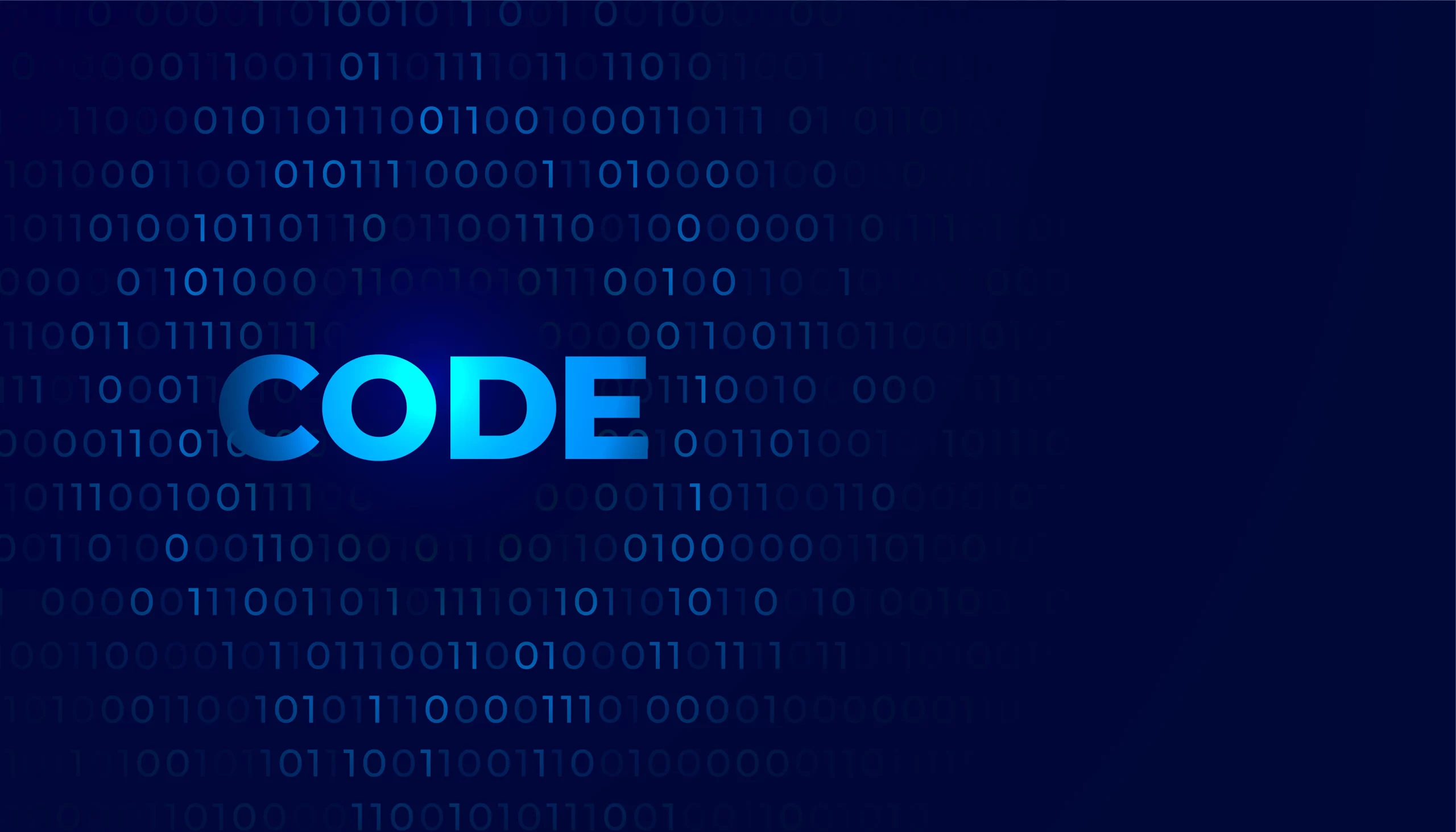What Is Code Complexity?


Code complexity assessment tasks are aimed at analysing its flexibility to changes, modifications and extensions, and can be performed by one or more specialists. This visual-mathematical approach to code assessment is necessary for companies when they intend to optimise or modernise a software product. In this article, we will describe the process of code complexity assessment and the advantages of this solution step by step.

Code inspection in software engineering involves visual assessment and calculation formulas, resulting in a score from 100 to 0, where a lower score indicates greater complexity. In other words, software code with a score of 5-0 is practically unsuitable for modification or scaling, and such code is extremely challengeable to work with. So, to estimate the complexity, we take into account the number of lines of the year, the scope (functions, modules, operators), etc. It helps to determine the following:
Quality value of code algorithm data structure. What algorithms were used to write this software, to what extent it is appropriate, and whether this approach can be improved or replaced by another algorithm.
◈ Debugging. Even high-quality software can have bugs during testing, but the question is how many, how critical, and how easy they are to fix.
◈ Maintainability. The code complexity assessment helps to evaluate the maintainability of the code based on previous data: how flexible and understandable it is.
◈ Performance. How the software works with the current progress, how long it takes the program to solve certain tasks, and how the software handles the load.
Based on the collected data, experts analyse the code using code quality metrics. We will talk about this further. But what exactly can complicate the code?
Before continuing, let’s define that the larger the project, the more complex the program code will be. It is for such complex software solutions that code complexity estimation is used. The purpose of the assessment is to determine how error-prone the current code is and how difficult it is to optimise. So, let’s look at the reasons why you should know how to reduce code complexity in the future.
Creating documentation is the first task of the hired team. Developers, software architects, and the project manager are most often involved in this process, and the latter is responsible for the completeness and quality of the documentation. Sometimes system administrators and testers can be involved in this process. It all depends on the type of project. In this case, freelance projects noticeably sag due to the lack of a well-established team, lack of specialists, or lack of the necessary qualifications of developers. Hiring a dedicated development team is less prone to such problems. In any case, the documentation should be complete and of high quality and agreed with the customer.
This factor is common in freelance projects and teams with little experience. Therefore, in these cases, special attention should be paid to resource allocation. According to the documentation and project specifics, hire only the appropriate technical specialists. Experience with a particular technology stack is a key factor in the quality of code writing.
Architectural decisions primarily drive complex coding. Architecture is where development begins and potentially affects every subsequent stage. Over-optimization is another factor of code complexity that often arises as a consequence of the previous point. The team goes back to reviewing and rethinking the code again and again to evaluate and improve. But doing them that so frequently, it only complicates code.
Code complexity testing in software testing requires the use of certain metrics. Calculating metrics is not a complicated task, and we will provide formulas to make the process easier to understand. And you need to start with the LOC – line of source code. The easiest way to find out this metric is to use a text editor or IDE that displays line numbering. However, it’s worth remembering that not all lines are part of the program logic: comments, empty lines, or service records are often excluded from the calculations depending on the chosen methodology (for example, SLOC or CLOC).
What is cyclomatic complexity in software engineering? The first metric in our list requires the use of a formula. Cyclomatic complexity (CC) is a measure of linearly independent paths in a section/module. It is determined by the program’s control flow graph, where the result of 10 is high enough to review the code and edit it. It is calculated by the formula:

Where,
E is the number of code edges
N is the number of code nodes,
and P is the number of connected components.
An edge is a transition between nodes and is responsible for transferring control between blocks. Nodes are blocks of code expressed by a command, sequence, loop, or check condition. Connectivity components are independent parts of the control flow graph that are not connected by transitions. So. it is nothing complex with cyclomatic complexity meaning, and we can move forward.
Rework ratio demonstrates order of time complexity in code redone. Simply to say, The indicator is calculated as the ratio of the total time for bug fixes to the total development time. A high ratio indicates that bug fixing took longer than development, and such a process can be considered inefficient.
Halstead Volume estimates the number of operators and operands and is used to describe algorithms and modules. It is calculated by the formula:
where,
N1,2 is the total number of operators and operands, respectively, and n1,2 is the number of operators and operands.
Depth of Inheritance. This is an additional indicator of code complexity and demonstrates the interdependence between modules and code components. For this purpose, the depth of inheritance (class hierarchy) is measured. Accordingly, the fewer connections, the more superficial the hierarchy, the simpler the code.
The maintainability Index (MI) is the last metric in our list that determines how flexible and maintainable the code is.

This metric is used to measure code quality too.
Using metrics for source code to predict the probability of a defect is an approach to technical monitoring and code maintenance. It allows you to prevent irreversible decisions in time. The most commonly used metrics for this purpose are cyclomatic complexity and Halstead Volume.
Therefore it is impossible to check all lines of code in software engineering. Nevertheless, it is quite possible to create scalable and extensive software with a high code complexity (i.e., one that is cognitively understandable and flexible enough for future modifications).
For over 20 years, our company has been providing custom software development services. We offer full-stack solutions and backend/frontend development on request. Our team has extensive experience in integrating modern technologies and creating large-scale and interactive software solutions for commercial and corporate purposes. We do not provide code complexity assessment services as a separate offering, but we do conduct assessm